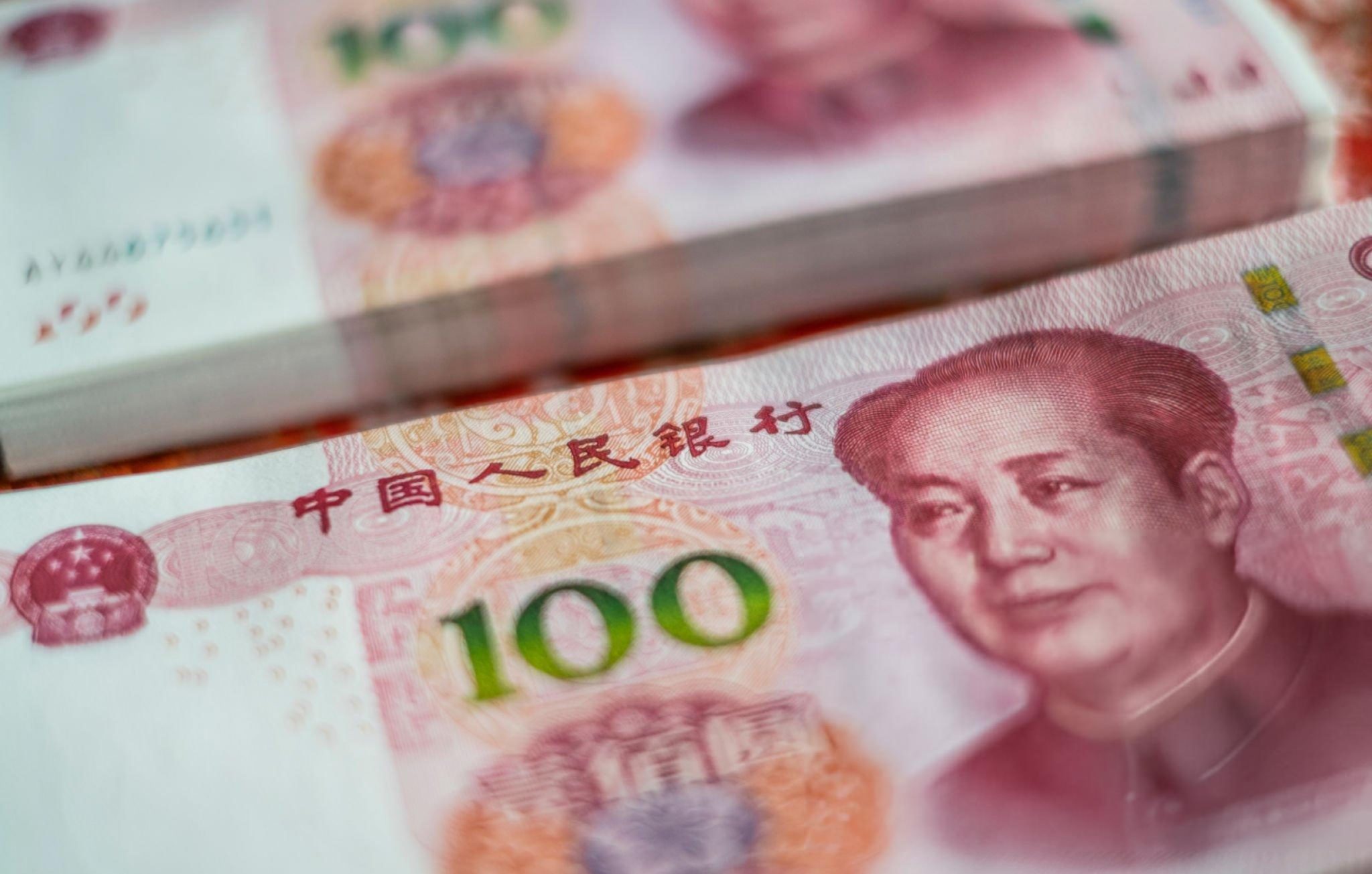Beijing [China], October 11: China’s Finance Ministry is set to unveil a series of new fiscal policies aimed at stimulating the economy at a highly-anticipated press conference this Saturday, October 14. The State Council Information Office made the announcement on Wednesday, signaling the government’s intent to introduce more forceful measures to revive growth in the world’s second-largest economy.
The press conference, which will be attended by Finance Minister Lan Fo’an, is expected to focus on “intensifying countercyclical adjustment of fiscal policy to promote high-quality economic development.” The timing of this announcement comes after a media briefing earlier in the week by the country’s top economic planner, which disappointed investors who had been hoping for more substantial action. Investors were left anxious after the briefing offered few new steps to stabilize China’s shaky economy, which has struggled with faltering growth since the second quarter of this year.
Economic context and market reaction
China’s economy, after a promising start post-COVID-19, has been sputtering, with key indicators such as household spending, business sentiment, and the property market all under pressure. A significant property downturn has exacerbated these challenges, making it increasingly difficult for the government to achieve its annual growth target of around 5%. This economic malaise has led to rising concerns about deflationary pressures and slow recovery momentum.
In response to Wednesday’s announcement of the upcoming press conference, Chinese stocks managed to pare earlier losses, as markets reacted positively to the prospect of more concrete fiscal measures to boost the economy. The news conference, scheduled for 10 a.m. (0200 GMT) on Saturday, is highly anticipated by global investors, who are eager to learn the scope and scale of China’s fiscal stimulus plan.
Expected fiscal measures
There has been growing speculation about the size and scope of the stimulus package China will unveil. In September, China’s central bank, along with other regulatory bodies, introduced the most aggressive monetary stimulus measures since the onset of COVID-19. These included steps to support the ailing property market, such as interest rate cuts. However, markets have been awaiting details on how the government will complement these monetary measures with fiscal policy.
According to reports from Reuters, China is planning to issue special bonds worth approximately 2 trillion yuan (about $283.43 billion). These funds are expected to support household consumption and help local governments address rising debt burdens. Additionally, the government is considering injecting up to 1 trillion yuan into its largest state banks to enhance their capacity to support the economy, primarily through the issuance of new special sovereign bonds.
Premier Li Qiang has also been active in addressing the country’s economic woes. On Tuesday, Li held two separate meetings to urge government departments to improve coordination on economic policies. He emphasized the need for specific and targeted fiscal policies, which are currently under study and expected to be revealed soon.
Challenges and goals
The government’s focus on “countercyclical adjustment” suggests that China is looking to take decisive steps to stabilize the economy and prevent further downturns. Countercyclical policies typically aim to reduce the amplitude of economic cycles by stimulating the economy during downturns and reigning it in during booms.
While China’s economic policymakers have already introduced several measures to boost demand and investment, such as cutting interest rates and providing support for the property sector, fiscal policy is seen as the next critical lever to pull. The upcoming press conference is expected to provide much-needed clarity on how the government will tackle the dual challenges of slowing growth and rising local government debt, which has been a growing concern for both domestic and international investors.
Looking ahead
As global financial markets look to China for signs of economic stabilization, the press conference on Saturday could be a turning point for the country’s economic outlook. The scale of the stimulus package and its targeted sectors will be closely scrutinized, especially as China’s broader economy remains vulnerable to external shocks and internal imbalances.
The potential issuance of new sovereign bonds and the injection of capital into state banks signal that China’s government is prepared to take bold steps to revive the economy. If successful, these measures could not only alleviate immediate economic pressures but also lay the groundwork for more sustainable, high-quality growth in the years ahead. Investors and economists alike will be watching closely to see whether this new fiscal policy can deliver the much-needed boost to China’s economy.







